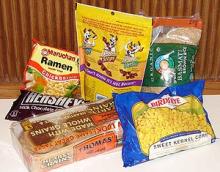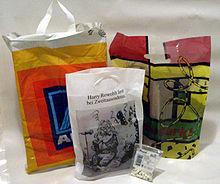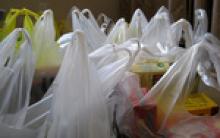Apply for the Plastics are Forever International Youth Summit
The scary thing about plastics is that they are, indeed, forever. Long after we are dead and gone, our filthy plastic crap—from bottles to bags, food packaging to the bubbles our kids’ toys come in—will still be littering the Earth, floating in the ocean, and killing wildlife. It’s a sick and sad thought, but it’s definitely not news—so why do we keep making unnecessary plastics when there are so many viable alternatives that will break down over time?
It’s a good, valid question—one that many youths will have the chance to mull over and deliberate at the Plastics Are Forever International Youth Summit next March. The summit will take place March 11 through 13 in Long Beach, California. 100 students and teachers will be participating, and youth ages 14 to 18 can enter to win a trip to the summit by submitting their ideas on how to eliminate throw-away plastics and keep them from polluting our oceans, watersheds, and beaches.
Ideas can be based on eliminating plastics from a single community, or reducing them in various areas—especially in the ocean. Participants must be willing to “work hard, have fun, and make a difference” in their communities in order to take part. Teams who attend the summit should consist of 1 to 3 students as well as a teacher, parent, or mentor as a sponsor.
While attending this groundbreaking conference, students and their mentors will have the chance to learn from scientists, media experts, filmmakers, and sustainability pros about how we can reduce or eliminate the plastics in our world’s waters—and how youth can lead the way in this movement. Students will return home equipped with the knowledge and energy to bring these ideas and practices to their own local communities, allowing them to start growing a clean water movement across the nation.
Students will embark on lots of exciting, meaningful projects while at the summit. These may include—but are not limited to—creating public service announcements, discussions with businesspeople and green experts on how to collaborate in making the world greener, and getting media tips from professional actors and media experts to lead public talks and activities. All of these events will be completely hands-on and interactive, helping America’s youth “create real tools of change.”
For more information and to apply, click here. The video here also lists all of the criteria needed to apply.







